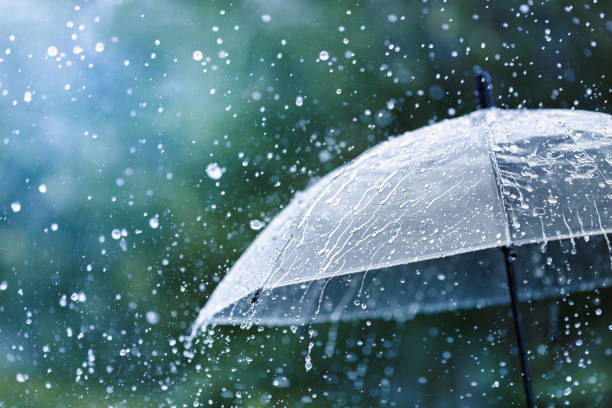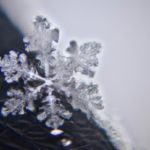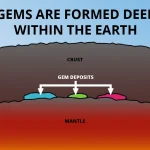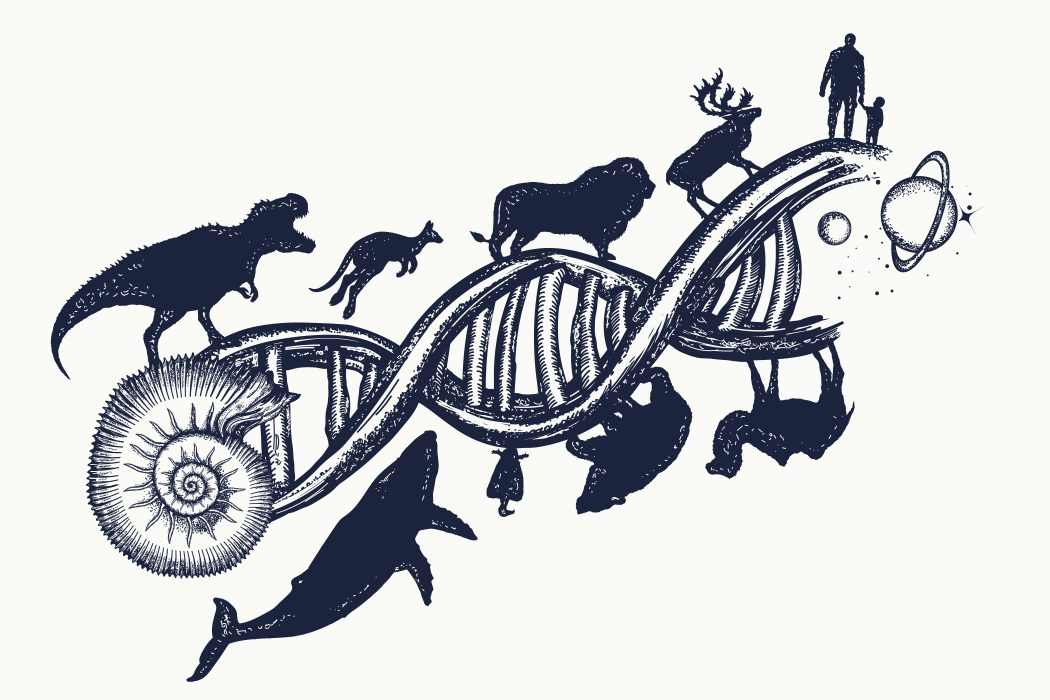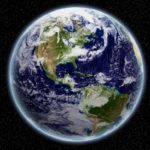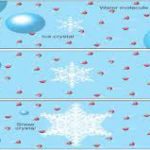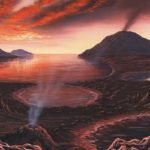Precipitation takes place when water condensation becomes sufficient that water droplets are heavy enough to fall back to the surface of the Earth. Precipitation is a very common phenomena in the atmosphere of our Earth. This precipitation always comes from clouds. Yet most clouds do not form precipitation.
This is because the water droplets and ice crystals found in most clouds are too small, and thus not heavy enough to fall to the surface of the Earth. A raindrop large enough to have the weight needed to fall to Earth is millions of times larger than the individual water droplets found inside most clouds.
Often though these ice crystals and water droplets to grow large enough. When this happens, they fall to the ground as precipitation.
Collision / Coalescence
While this process often involves the formation of ice particles, In many parts of the world the air is too warm for ice crystals to form. This being the case, rain and snow cannot develop following the Bergeron Process. Which you can learn about in this article. Instead, tiny droplets form as they collide into one another creating larger and larger droplets. The coalescence of droplets into larger droplets can only take place if the droplets have an opposite electrical charge. That is to say that if one droplet has a positive charge and the other a negative charge, then they will coalesce (combine) upon collision. Otherwise they will just bounce off of one another.
Types of Precipitation
After water vapor condenses forming ice crystals and water droplets, it can take on a variety of forms as it falls to the Earth as precipitation. Each of these forms of precipitation are unique with their own important characteristics.
The main types of precipitation are rain, snow, sleet, freezing rain, and hail.
Rain
Rain is by far the most common type of precipitation in our atmosphere. Rain takes place when drops of liquid water fall all the way to the surface of the Earth. Rain often takes one of two main forms. These two forms are showers and drizzles. A shower lasts just a brief period of time, and usually is made up of large heavy drops. Drizzles generally last much longer, and are made up of smaller, finer droplets of water. Rain can either form as ice crystals melt or as a coalescence of many smaller water droplets.
Snow
Snow forms when water vapor turns directly into ice without ever passing through a liquid state. This happens as water condenses around an ice crystal.
Snow can take the form of ice pellets or snow flakes. As snow falls to the ground, it often melts on the warm surface of the Earth. If the surface of the Earth is chilled sufficiently, snow begins to pile up, creating snow drifts. In some locations, such as mountains, these snow drifts can reach several feet or meters in depth.
Sleet
Sleet refers to a mixture of snow and rain as well as raindrops that freeze on their way down. Unlike snow, the raindrops pass through a liquid form before freezing. The result is that they are not light and fluffy.
Freezing Rain / Glaze
Freezing rain, which is sometimes referred to as glaze, takes place when water droplets become super-chilled. They do not freeze in air, but rather freeze the instant they strike an object, such as a road or car. The result can make roads very slippery, and can cause car doors to become frozen shut.
Hail
Hail forms in a complex dance between moisture and wind. Deep within cumulonimbus clouds ice crystals form and begin to fall towards the Earth’s surface. As this happens, wind gusts pick up the ice crystals, pushing them back up high into the clouds. As they begin to again fall down, they continue growing in size. Again, a wind gust might catch the growing hail stones, pushing them back up high into the clouds. This process may be repeated several more times until the hail stones become so large that they are too heavy for the wind to carry, causing them to fall towards the Earth.
